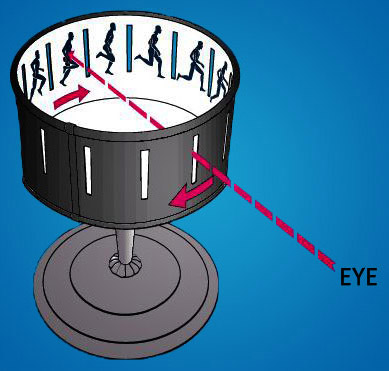What is a Flip book and how does it work?
A Flip book or "Flick Book" is a book with a series of pictures that change slightly through each page, so when then pages are turned rapidly it gives the appearance of animation this is another form of animation which uses "persistence of vision". All you need too create this "Device" is a simple fresh book and a pen/pencil or any other writing tool.
Here we have a video showing a flip book in motion but without drawings and holes punched into the flip book instead giving it the effect of an optical illusion.
 The first flip book appeared in 1868, when it was patented by John Barnes Linnett (left) a lithograph printer who named the device kineograph, however Pierre Hubert Desvignes has been generally credited with inventing the flip book.
The first flip book appeared in 1868, when it was patented by John Barnes Linnett (left) a lithograph printer who named the device kineograph, however Pierre Hubert Desvignes has been generally credited with inventing the flip book.Advantages: Cheap, easy too use. can provide fun and may be a great way too get kids into animation.
Disadvantages: May prove boring after a while, may use a lot of paper in the process of creating.




